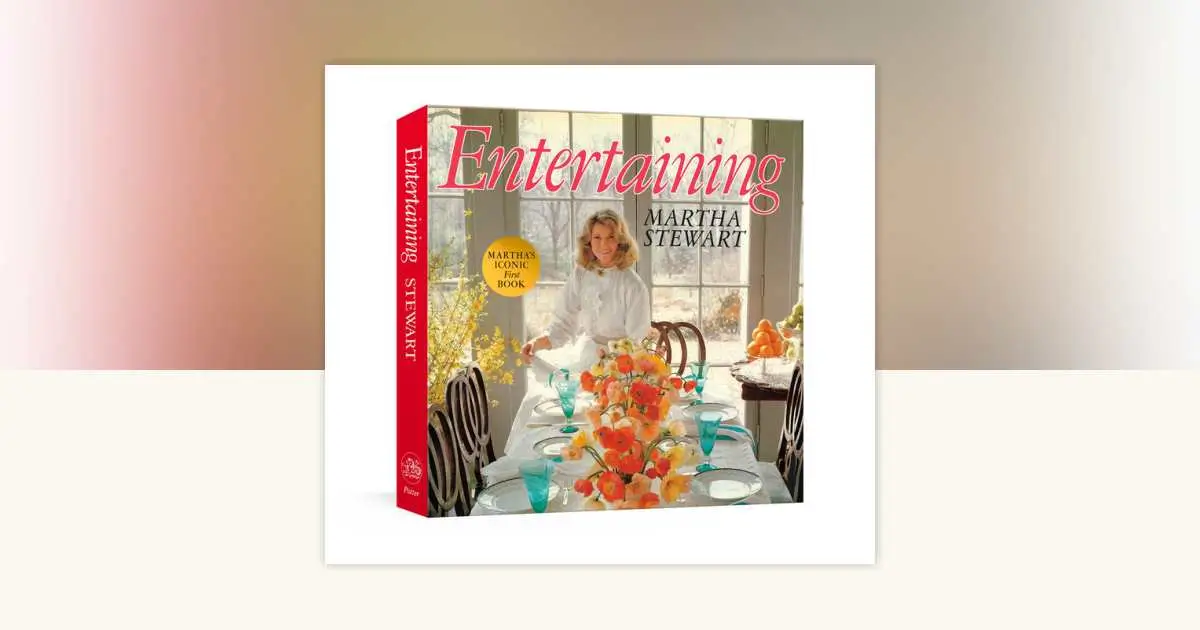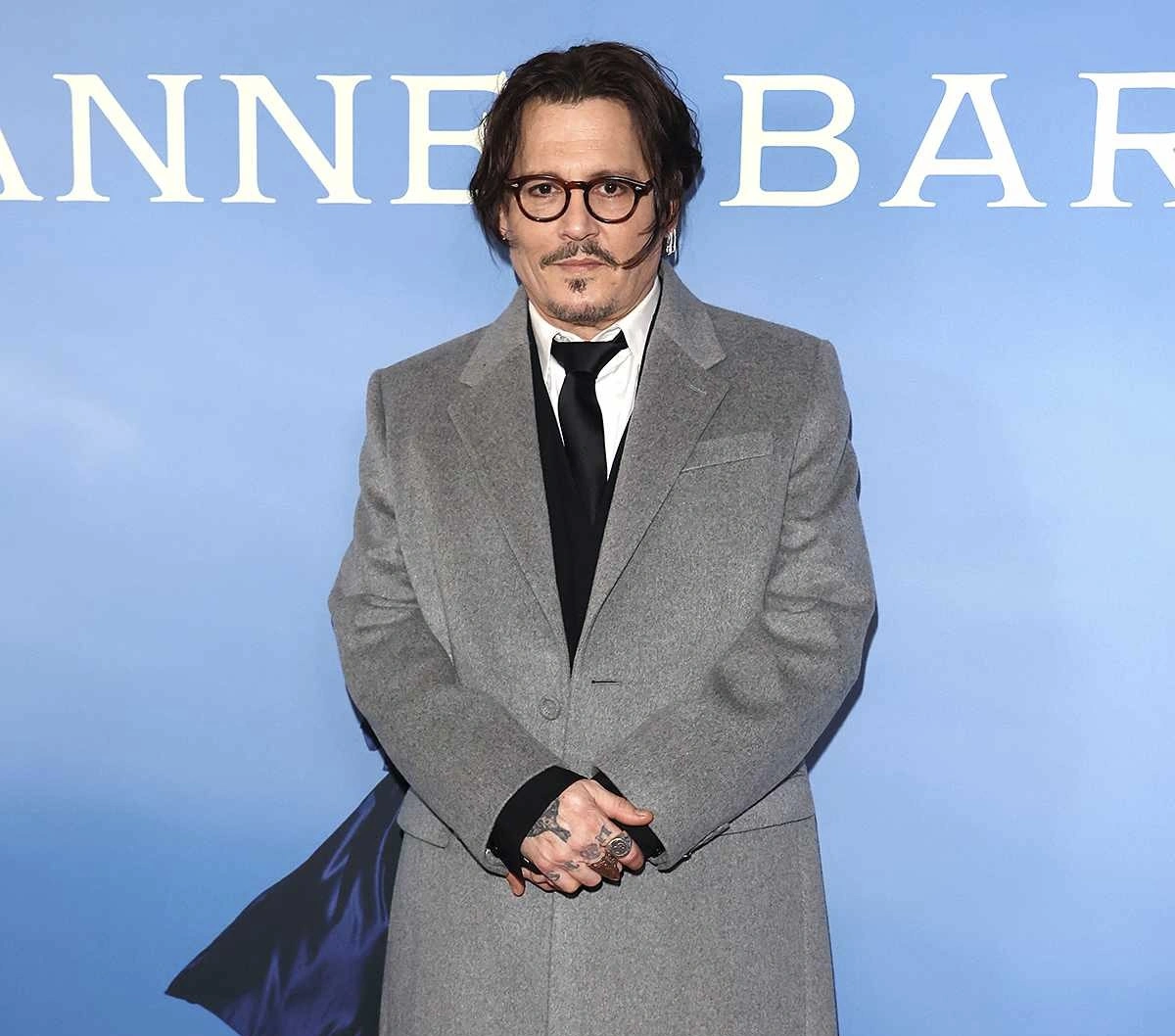In the ever-shifting landscape of TikTok trends, where a dance can dominate the app one day and vanish the next, the “Picky Picky Dance” has proven to be an anomaly. This infectious choreography, inspired by the song Picky Picky by the South Korean girl group Weki Meki, has continued to thrive, captivating creators and audiences alike. But what makes this particular dance trend so enduring, and why has it resonated so deeply with users across the globe? Let’s explore its cultural impact, the role of TikTok in shaping its longevity, and the artistry behind its choreography.
The Origins: A Catchy Beat Meets Playful Choreography
The “Picky Picky Dance” first gained attention when Weki Meki released their upbeat track in 2019. The song’s bright tempo, cheeky lyrics, and playful melody were a perfect match for choreography that was simple yet dynamic. It wasn’t until the song resurfaced on TikTok in early 2024, however, that the dance truly exploded in popularity. TikTok creators embraced the routine, drawn to its accessible moves and the fun energy it conveyed. The fact that the dance didn’t require professional training made it a hit among casual users, but it also left room for talented dancers to add their own flair.
Accessibility Meets Creativity: A Formula for Success
One of the key reasons behind the dance’s longevity is its accessibility. The choreography balances simplicity with enough complexity to make it visually appealing. Moves like the “picky hand gesture” and the synchronized hip sways are easy to replicate but still satisfying to perform. This inclusivity allows users of all skill levels to participate, which is essential for sustaining a trend on a platform as diverse as TikTok.
Simultaneously, the dance allows for individual creativity. Some creators have added intricate transitions, costume changes, or group dynamics, while others have used it as a canvas for humor or storytelling. This adaptability has enabled the dance to evolve, keeping it fresh even as its core remains the same.
Celebrity Endorsements and Cross-Platform Appeal
Celebrity participation has also contributed to the trend’s staying power. Influencers and pop stars such as Addison Rae, BTS’s J-Hope, and TikTok megastar Charli D’Amelio have all taken part in the challenge, introducing it to millions of their followers. These high-profile endorsements not only validated the trend but also helped it cross cultural and linguistic barriers, turning it into a global phenomenon.
Moreover, the “Picky Picky Dance” has transcended TikTok, appearing on Instagram Reels, YouTube Shorts, and even television programs. This cross-platform appeal has ensured that the trend reaches audiences beyond TikTok’s core user base, giving it a broader cultural impact.
The Influence of South Korean Pop Culture on Global Trends
The “Picky Picky Dance” is also part of a larger wave of South Korean pop culture dominating global media. From K-pop groups to Korean dramas, the country’s entertainment industry has become a cultural juggernaut. TikTok has been instrumental in amplifying this influence, with dance trends serving as a bridge between Korean artists and international audiences.
For Weki Meki, the resurgence of Picky Picky on TikTok has introduced the group to new listeners, many of whom may not have discovered their music otherwise. This phenomenon demonstrates how TikTok can serve as a powerful promotional tool, breathing new life into songs years after their initial release.
The Psychology of Viral Dance Trends
There’s a psychological element at play in the success of the “Picky Picky Dance.” The human brain is naturally drawn to patterns and repetition, both of which are key components of the choreography. The catchy nature of the song combined with the rhythmic movement creates a sense of satisfaction, encouraging viewers to watch—and rewatch—the dance.
Additionally, participating in a viral dance trend fosters a sense of community. Users who upload their versions of the “Picky Picky Dance” are not just showcasing their skills; they’re joining a larger conversation. This collective experience is one of the reasons why dance trends on TikTok feel so impactful, creating a sense of belonging that extends beyond the screen.
Challenges to Longevity: Can the “Picky Picky Dance” Continue?
While the “Picky Picky Dance” has enjoyed remarkable staying power, maintaining its momentum will require innovation. TikTok trends are notoriously short-lived, with new dances emerging almost daily. To remain relevant, the trend may need a remix—either a new version of the song or an updated choreography.
Another potential challenge is oversaturation. As more creators upload their interpretations, the uniqueness of the trend can diminish, leading to fatigue among viewers. However, this can be mitigated by creative reinventions, such as integrating the dance into skits, mashups with other songs, or collaborations between influencers.
Impression
The “Picky Picky Dance” highlights the enduring appeal of TikTok as a platform for creativity and community. It exemplifies how a simple idea can resonate with millions, thanks to the power of shared participation and the app’s innovative algorithm. Trends like this one also underscore TikTok’s role in shaping global culture, bridging gaps between countries, and introducing audiences to new art forms.
Furthermore, the trend has sparked discussions about the nature of digital virality. What does it take for a dance to capture the attention of millions? How do platforms like TikTok influence our tastes and preferences? The “Picky Picky Dance” serves as a case study for these questions, offering valuable insights into the mechanics of online trends.
As the “Picky Picky Dance” continues to evolve, its impression on TikTok culture is undeniable. It has transcended its origins as a piece of choreography tied to a single song, becoming a symbol of creativity, collaboration, and global connection. Whether it remains a fixture on TikTok or eventually gives way to new trends, its legacy as one of the app’s most memorable dance challenges is secure. For now, the dance goes on—picky hands and all.
No comments yet.








